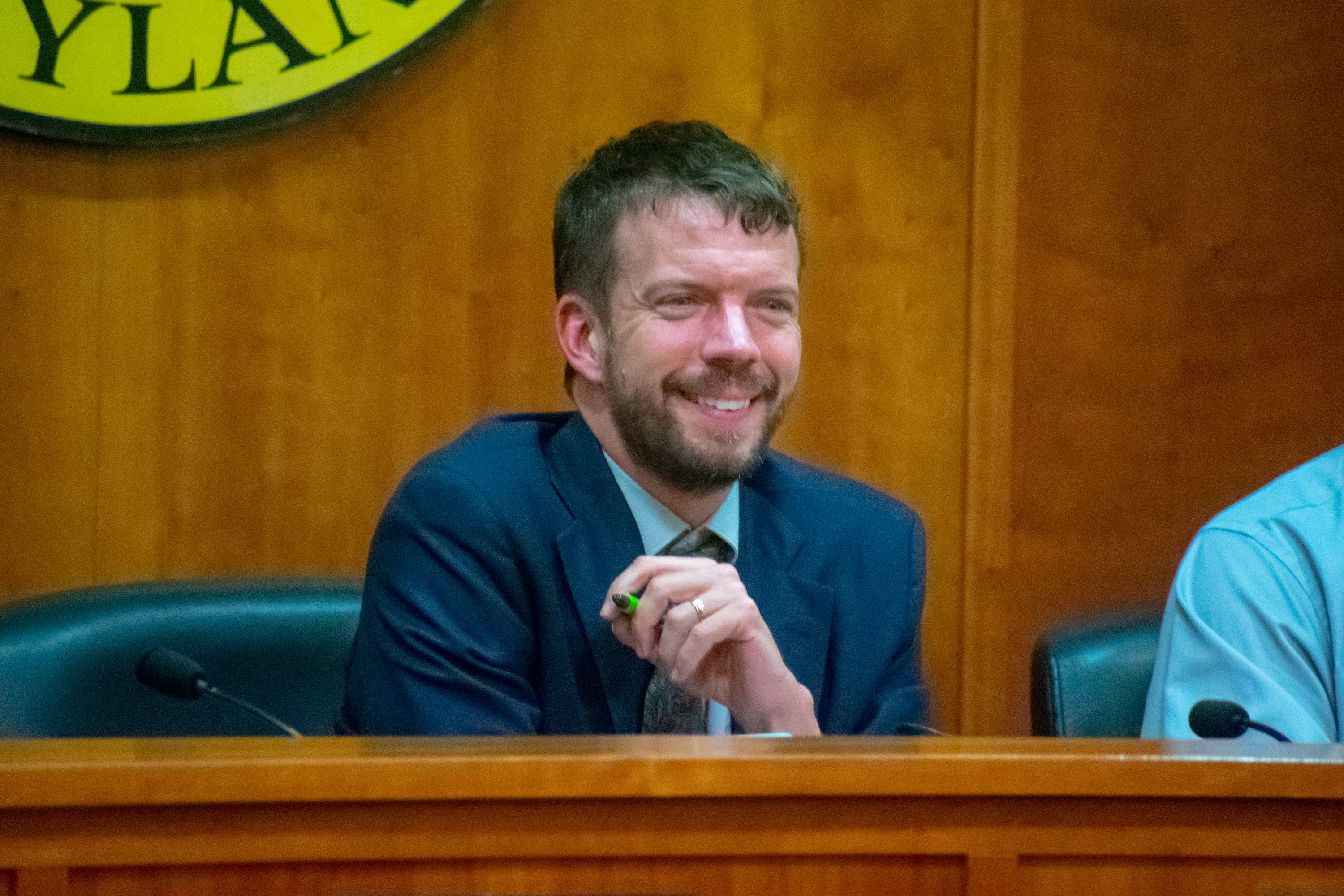By Samantha Hawkins
For The Diamondback
Some University of Maryland graduate students struggle to find an affordable place to live. A new housing development proposed to the College Park City Council on Tuesday aims to solve this problem.
Gilbane Development Company, a Rhode Island-based construction firm, has pitched the “Western Gateway Project,” a 17-acre site that would provide a university-subsidized option close to this university’s campus. It would include 300 units of graduate student housing, 81 townhouses, a small retail area and green space.
“We are in desperate need of affordable graduate housing,” College Park Mayor Patrick Wojahn said.
[Read more: Alloy by Alta brings more housing to College Park — but UMD students worry it’s too pricey]
The site for the proposed housing is near Domain College Park, behind the Maryland Hillel. The land is currently unincorporated, meaning it doesn’t have city services and is owned by several different stakeholders. But if the land is annexed, city boundaries would change, and the city of College Park will be responsible for all of its new residents.
All members of the city council expressed approval for the project.
Rent prices at Graduate Hills and Graduate Gardens, the university’s only graduate student housing, range from $1,219 to $1,719 per month — a pricey option for many students.
The university already subsidizes Graduate Hills and Gardens by 18 percent. It’s unclear how much graduate housing will be subsidized in the new Western Gateway development. Gilbane Development Director Christian Cerria said that keeping rent down was paramount, but the estimated rent of the proposed housing isn’t known at this time.
[Read more: College Park wants to be a top-20 college town. Here’s how close it is to getting there.]
Rachel Lamb, the vice president for government affairs of the university’s Graduate Student Government, said many of College Park’s current apartments are “too expensive with unnecessary amenities.” Lamb, a geographical sciences doctoral student, is working with Gilbane to provide feedback on the proposed housing.
Lamb and other GSG members met with Cerria and Edward Maginnis — the university’s assistant vice president for real estate — in September to discuss the proposal.
Graduate students can expect a survey from Gilbane in the future as the company’s proposal moves forward, Cerria said.
Changes were made to Gilbane’s original plan in response to resident concerns, among them that a new housing development would remove natural buffer between houses, Cerria said. One such change was reducing the height of the proposed buildings from five to four stories.
“We’re very proud of this site plan,” Cerria said. “It’s come a long way.”
The new graduate housing will have access to the Purple Line, the above-ground light rail currently under construction, and be filled with parks, trails and a bike sharing station, according to the proposal.
Current graduate students most likely won’t have the chance to live in the new housing; plans have yet to be submitted to Prince George’s County for approval, as the land hasn’t even been annexed into College Park yet.
“There’s a real hunger for connectivity between our communities,” said District 3 councilman John Rigg during Tuesday’s meeting, “This development strikes me as a real opportunity to build on that excitement.”



